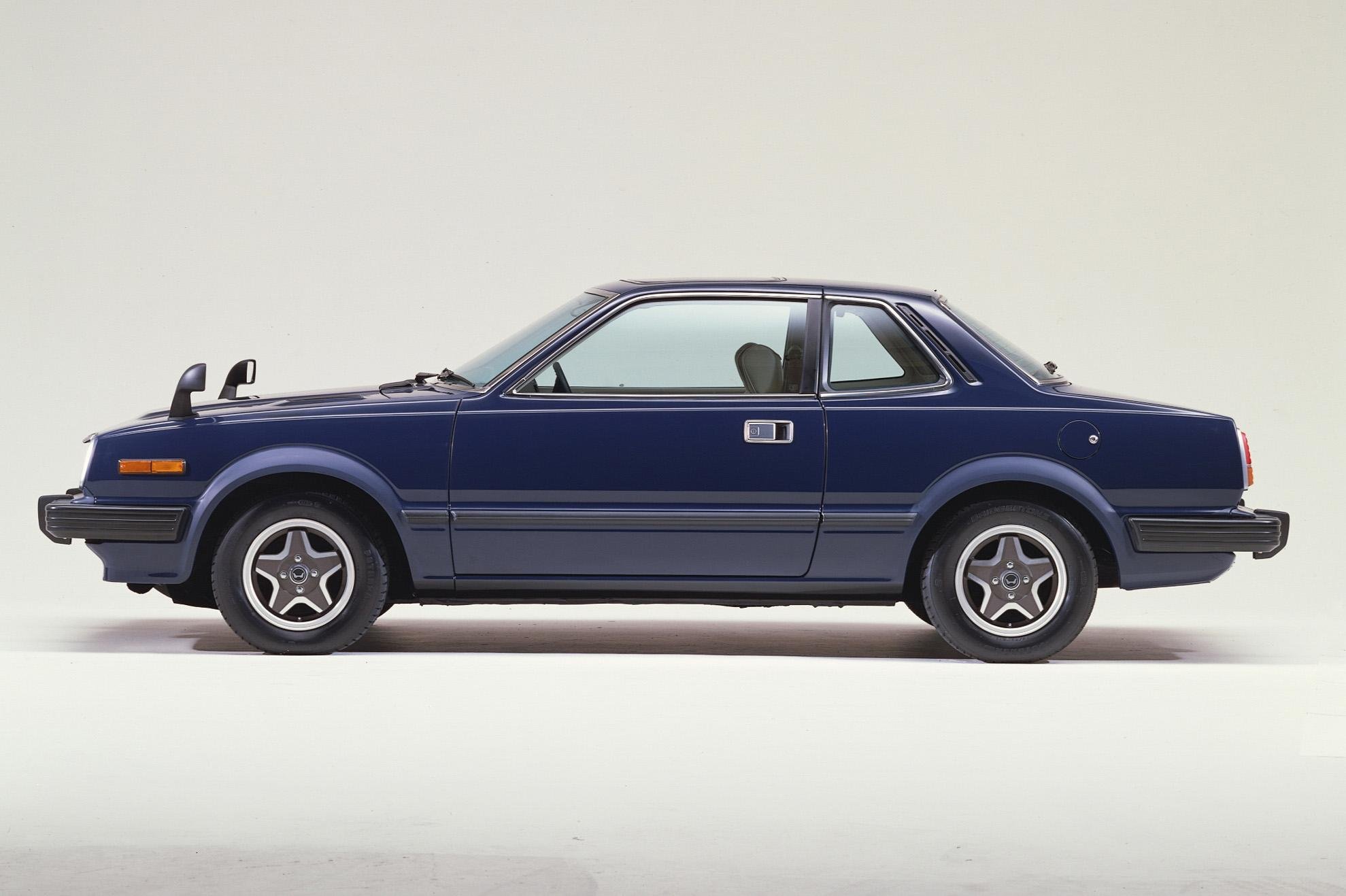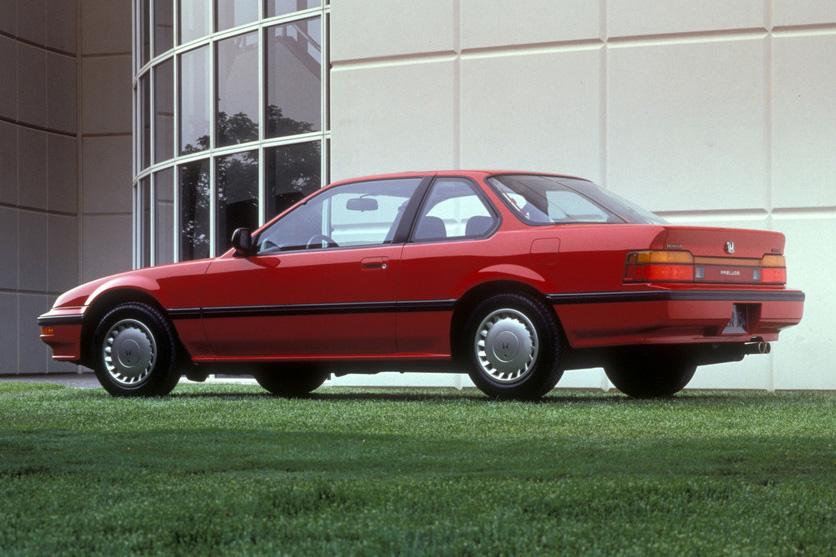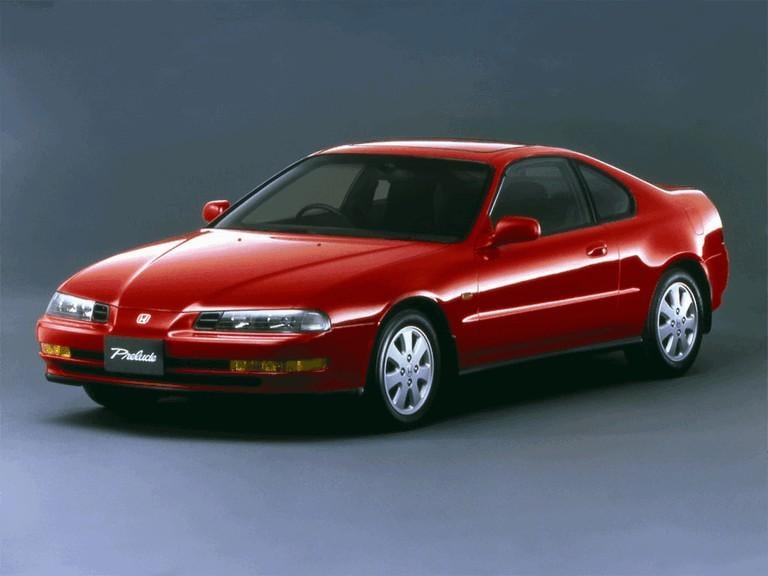The Honda Prelude is coming back to Australia after a 25-year absence.
It’s an iconic nameplate for the Japanese brand that has spawned five generations of cutting-edge coupes since it was first introduced in 1978.
The Honda Prelude has served as a showcase for innovation over the years, introducing many new technologies for the first time, including Honda’s cutting-edge VTEC (Variable Valve Timing & Lift Electronic Control) in a mass-produced model, as well as four-wheel steering.
Each generation has helped shape the local enthusiast scene and laid the groundwork for the model’s return.

The sixth generation (pictured above) will continue that tradition and usher in an exciting new chapter for the storied badge as well as sports car enthusiasts, and Honda Australia itself.
“Prelude taps into a rare combination of nostalgia and performance with broad appeal across generations of Honda customers, old and new,” said Honda Australia Director, Robert Thorp.
So, let’s take a trip down memory lane and look at the legacy of the Prelude nameplate before the all-new model arrives in local showrooms next year.
First generation (1978–1982)
The first iteration of the Honda Prelude emerged in 1978 in Japan, and globally over 1979-’82.
Although the Australian presence of this earliest generation was limited, it served as the starting point for the Prelude’s identity: a two-door coupe derived from Accord-based chassis architecture.
In global markets it was notable for being one of the first Hondas to carry a factory-fitted moonroof as standard.
It was aimed more at youthful buyers wanting something sporty but still reliable and economical rather than outright exotic.

In Australia the model was relatively rare, and as a result it has today become a niche collector’s interest rather than a common sight.
From a legacy standpoint, the first generation established the blueprint: a distinct Honda coupe positioned above the regular sedan/hatchback fare, favouring driver-oriented packaging and moderate performance.
That foundation would be built upon more dramatically with the next generations.
Second generation (1983–1987)
When the second-generation Prelude arrived in 1983, the changes were significant and the impact was immediate.
Globally it introduced pop-up headlights – an design hallmark of many ’80s and ’90s sports coupes – and a lower, more dynamic stance.
The engineering also advanced as Honda’s PGM-FI (Programmed Fuel Injection) system became standard in some markets, and the car began to carry features previously unseen in its class, such as anti-lock braking systems – a first for Honda.

In Australia the second generation gathered more recognition than its predecessor. While it still wasn’t mainstream, the coupe added a sharper image and proved popular among younger drivers seeking the Honda brand reliability plus sporty flair.
The combination of front-wheel drive with improved suspension and a more aggressive look made the car competitive in the burgeoning performance-coupe market of the mid-1980s.
This generation truly cemented the Prelude as a genuine sporty Honda, rather than simply a stylish sedan derivative. It also created a following which would eagerly greet the third generation’s arrival.
Third generation (1988–1991)
The third generation of the Prelude launched internationally in 1988 marked one of the model’s most influential chapters.
While the Australian import numbers were modest compared to mass-market sedans, local enthusiasts regard this era as a high-point for the Prelude brand.
Among its technical features, it introduced four-wheel-steering (4WS) – another world first for Honda – and carried a double-wishbone suspension layout that contributed to its excellent handling.

The performance improved too, with 2.0-litre dual-cam engines becoming more common and the car’s dynamic ability making it a favourite among driving enthusiasts.
Its combination of relative affordability, Honda engineering pedigree and sporty credentials means it still enjoys a strong following today.
In many ways it carried the torch for what the nameplate would become in the 1990s.
Fourth generation (1992–1996)
The fourth-generation Prelude raised the bar further.
It replaced the pop-up headlight design with fixed headlights, refined aerodynamics and improved interior comfort, presenting a matured sporting coupe.
Under the skin it offered advanced features for its time – particularly the VTEC engine variants – as well as improved suspension that gave it a broad balance between day-to-day usability and sporty driving.

While the exotic four-wheel steering feature was dropped in some markets, the focus shifted to refinement, power and handling.
However, despite its virtues, the broader market for two-door coupes was shrinking and the Prelude faced competition from alternatives offering rear-wheel drive and turbocharged power.
Nevertheless, the fourth generation cemented the Prelude’s reputation for handling and engineering integrity. And its legacy continues in the collector scene and helps explain the anticipation surrounding the nameplate’s revival.
Fifth generation (1997–2001)
The fifth and final generation of the original Prelude was a pivotal moment.
It wore more aggressive styling – sharper lines and a bolder profile – and incorporated technologies such as Honda’s Active Torque Transfer System (ATTS), which improved cornering dynamics.
However, by the late-1990s the sports-coupe market was under pressure and sales for the Prelude began to decline. Ultimately Honda discontinued the nameplate globally in 2001.

This generation’s end marked the closing of the first chapter of the Prelude story in Australia. Its legacy is strong, and its reputation for performance, chassis sophistication and club-culture standing kept the name alive.
With the arrival of the new-generation Prelude in 2026, the car’s history in Australia – from its modest beginnings to its enthusiast-cult status – comes full circle.
The five generations summarised above form the roots for what Honda hopes will be a meaningful future for the nameplate in the local market.

